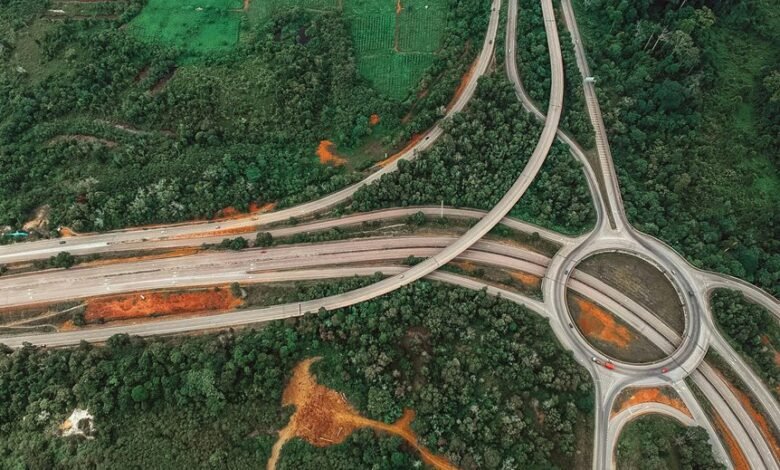223144948 Regional Short Traffic Insights

The “223144948 Regional Short Traffic Insights” report presents a comprehensive analysis of traffic dynamics within urban settings. It identifies key trends, including peak travel times and areas prone to congestion. Additionally, the influence of local events on traffic patterns is examined, revealing potential challenges for commuters. The discussion raises questions about effective strategies for improving mobility and reducing congestion, prompting a closer look at potential solutions that could reshape urban transportation.
Key Traffic Trends and Patterns
As urban areas continue to evolve, understanding key traffic trends and patterns becomes essential for effective transportation planning.
Analyzing traffic volume reveals critical insights into commuter behavior, which can inform urban planning decisions.
Peak Travel Times and Congestion Hotspots
Identifying peak travel times and congestion hotspots is imperative for urban planners seeking to optimize transportation networks.
During rush hour, traffic volumes surge, often exacerbated by road closures that divert traffic and create bottlenecks.
Analyzing these patterns allows for strategic interventions, enhancing mobility and reducing frustration for commuters, ultimately fostering a more efficient urban landscape that respects individual freedom of movement.
Impact of Local Events on Traffic Flow
Local events significantly influence traffic flow, often leading to unexpected congestion patterns and altered commuting dynamics.
Effective event scheduling can mitigate traffic fluctuations, yet many localities struggle to anticipate the cumulative impact of multiple events.
Consequently, roadways may experience pronounced bottlenecks, affecting both local residents and commuters seeking seamless travel.
Understanding these patterns is essential for fostering a more fluid transportation environment.
Strategies for Efficient Commuting
While navigating the complexities of urban commuting, individuals can adopt several strategies to enhance efficiency and reduce travel time.
Utilizing carpooling benefits not only decreases the number of vehicles on the road but also fosters social interaction.
Additionally, embracing public transportation can alleviate congestion, offering a reliable alternative that promotes sustainability while granting commuters the freedom to relax and plan their day during travel.
Conclusion
In conclusion, the “223144948 Regional Short Traffic Insights” report serves as a compass, guiding urban planners and commuters through the tangled web of traffic dynamics. By highlighting peak travel times and congestion hotspots, it underscores the necessity for strategic adaptations in transportation networks. Embracing sustainable commuting options can transform the urban landscape, alleviating congestion and fostering a more efficient environment. As cities evolve, these insights illuminate the path toward a harmonious balance between mobility and urban livability.




